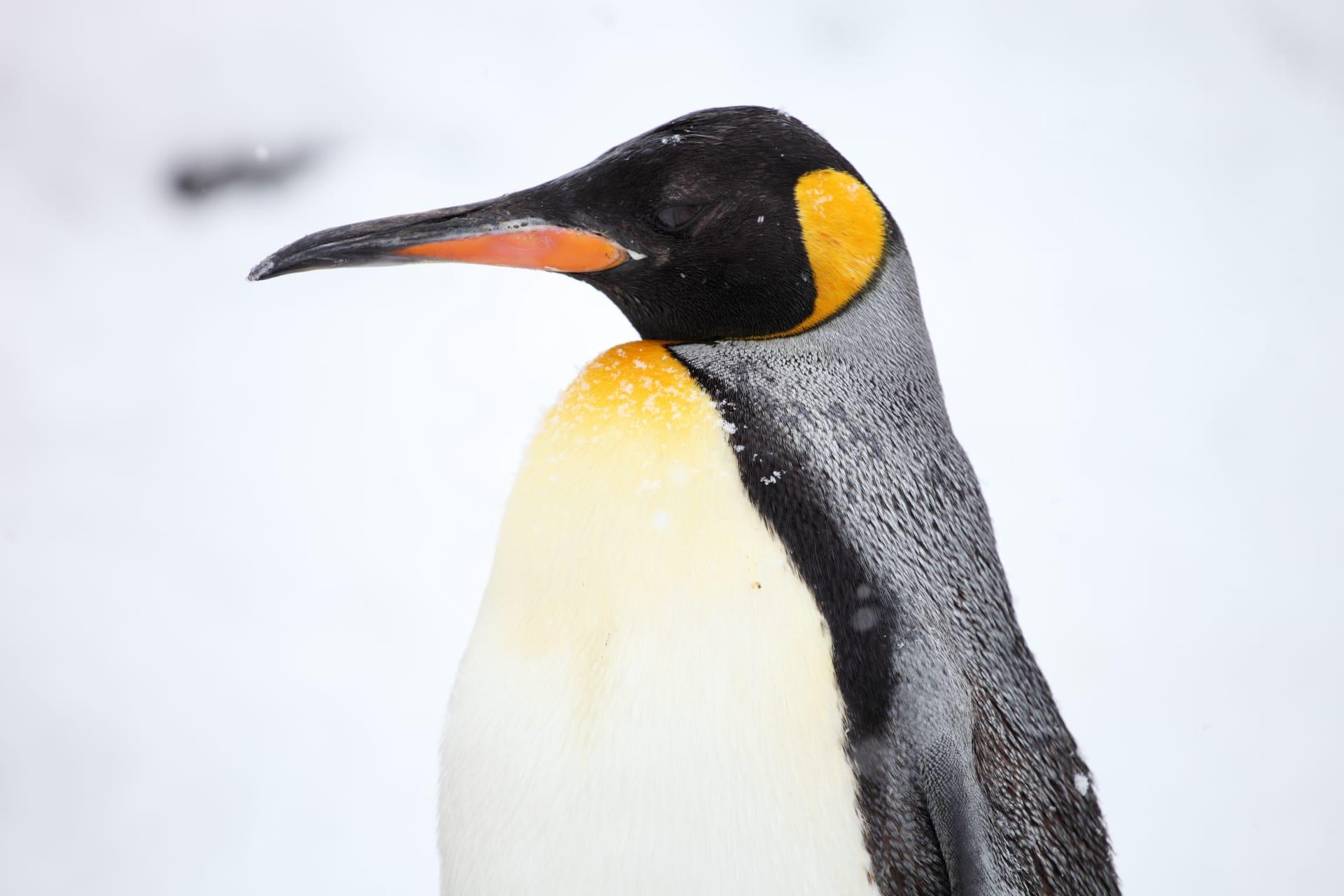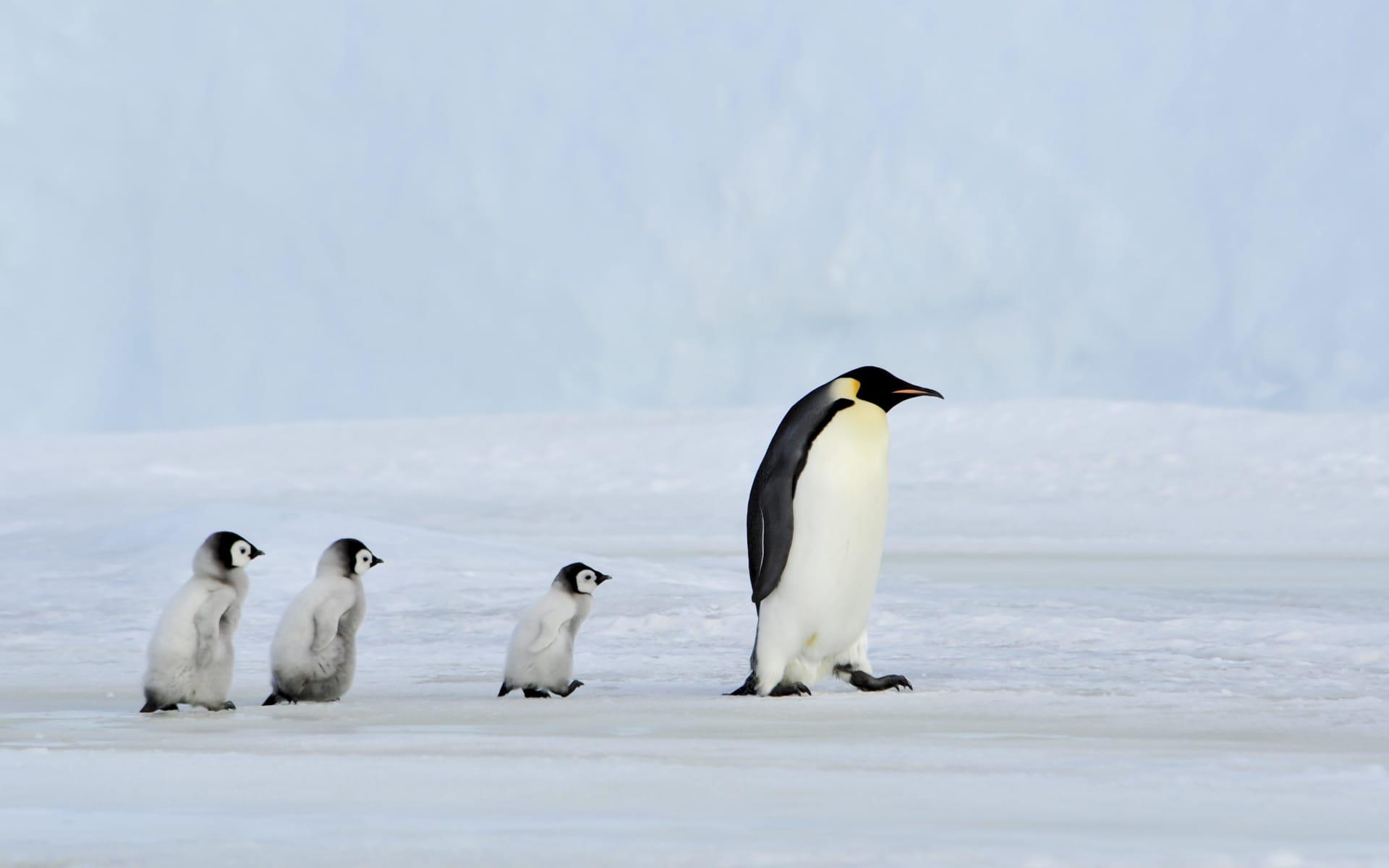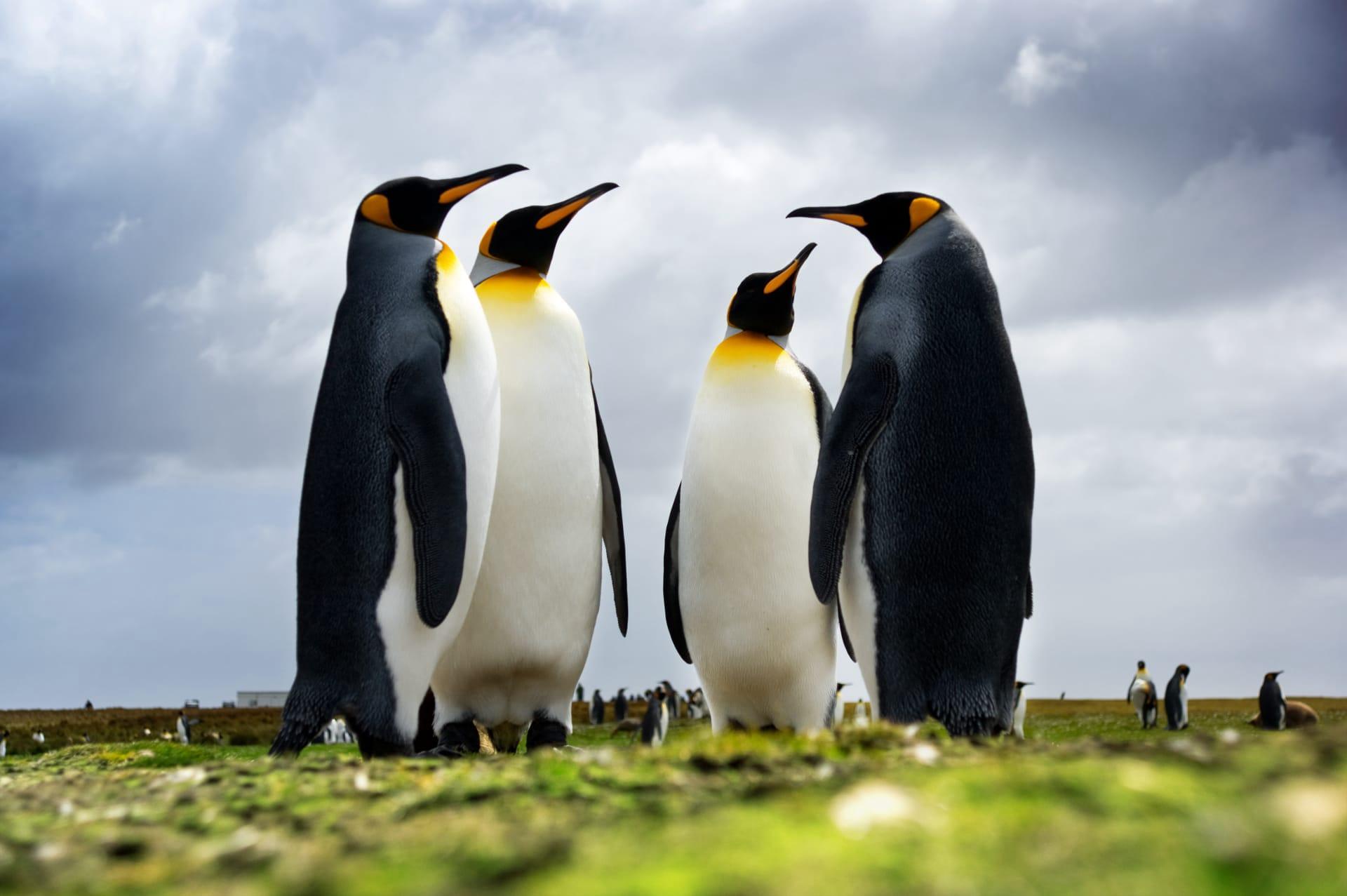Emperor Penguin
- Home /
- Mini Encyclopedia /
- Animal /
- Emperor Penguin
1
Emperor Penguins, known scientifically as Aptenodytes forsteri, belong to the bird family Spheniscidae. This species stands out as the largest among all living penguins, with adults often reaching up to 48 inches in height and weighing between 22 to 45 kilograms. Their distinctive black and white plumage, accented with splashes of yellow and orange around their neck and ears, makes them easily recognizable. These flightless birds have evolved robust bodies, flattened wings evolved into flippers, and a streamlined shape, all adaptations for their aquatic lifestyle.
Emperor Penguins are exclusively found in Antarctica. They inhabit the Antarctic ice and the surrounding Southern Ocean, thriving in one of the world's harshest environments. They breed on the sea ice, which provides a stable platform during the long Antarctic winter. Emperor Penguins have about 40 known colonies scattered around the continent, often in extremely remote and inaccessible areas. These colonies can vary in size, with some hosting thousands of penguins. The southernmost colony is located near the Ross Sea, while others are found on the coasts of East Antarctica.

2
Question: Do Emperor Penguins mate for life?
Answer: Contrary to popular belief, Emperor Penguins are not monogamous throughout their lives. Each breeding season, which begins in March or April, they form pairs for the purpose of mating and raising a single chick. These pairs are monogamous within a breeding season, collaborating to incubate the egg and feed the chick. However, in the next season, they may choose different partners. Research indicates that only around 15% of Emperor Penguin pairs reunite with the same partner in subsequent breeding seasons. This flexibility in partner choice is an adaptation to their challenging environment, ensuring reproductive success even if one partner does not return.

3
Emperor Penguins have developed unique survival strategies to thrive in the Antarctic's extreme cold. The most notable is their huddling behavior during the winter months. Penguins gather in large, densely packed groups, creating a communal warmth that significantly conserves their energy. The penguins take turns being in the warmer center of the huddle and the colder outer edges.
Another key strategy is their remarkable fasting ability. During the breeding season, male Emperor Penguins incubate the eggs for about 65 days without eating, relying solely on their stored fat reserves. This incredible feat of endurance allows the females to return to the sea to feed, ensuring that they can provide for the chick once it hatches. Additionally, their feathers and a layer of blubber provide insulation against the cold. Emperor Penguins also have a unique blood and oxygenation system adapted to their deep and long dives, allowing them to hunt underwater efficiently.

4
In the Antarctic ecosystem, Emperor Penguins play a significant role as both predators and prey. As apex predators, they feed primarily on fish, krill, and squid. Their foraging habits impact the abundance and health of these species, influencing the balance of the marine food web.
Emperor Penguins also contribute to the nutrient cycle. Their guano (excrement) is a source of nutrients like nitrogen and phosphorus for the Antarctic ecosystem. This guano influences the distribution and abundance of microscopic organisms like phytoplankton, which form the basis of the marine food web. Additionally, Emperor Penguins are prey for animals like leopard seals and killer whales, thus playing a critical part in the ecological chain by affecting the population dynamics of their predators.

5
Film: "March of the Penguins" (2005), a French documentary directed by Luc Jacquet and released internationally. This film provides an intimate look into the life of Emperor Penguins, showcasing their annual journey through the treacherous Antarctic landscape to mate and raise their young. It highlights their remarkable resilience and the challenges they face, from brutal weather to predators.
Book: "The Emperor's Egg" (1999), written by Martin Jenkins, a British author. This children's book charmingly narrates the story of a male Emperor Penguin tasked with keeping the egg safe and warm in the unforgiving Antarctic winter while the female is away. It's an excellent introduction to the species for younger audiences.
Book: "Emperors of the Ice" (2008) by Richard Farr, an American author. This narrative blends historical adventure and scientific exploration, focusing on the Antarctic expeditions of early 20th century and the study of Emperor Penguins. It provides a compelling mix of history, science, and the harsh realities of Antarctic exploration.